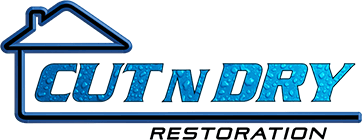Mold and mildew are two common types of fungi that can grow in damp and humid areas. While they may look similar, they have distinct differences in terms of appearance, health effects, and treatment methods. It's important to understand these differences to effectively prevent and treat them in your home or business. In this blog post, we'll discuss the differences between mold and mildew and provide effective treatment methods.
Appearance
Mold is usually green or black and has a fuzzy or slimy texture. It can grow on a variety of surfaces, including walls, ceilings, and floors.
Mildew is typically white or gray and has a powdery texture. It often grows on damp surfaces like shower walls, bathroom tiles, and fabrics.
Health Effects
Mold and mildew can both cause health problems, especially for people with allergies or respiratory issues.
Mold can cause symptoms like coughing, wheezing, and eye irritation. It can also lead to more serious health problems like asthma and lung infections.
Mildew can cause similar symptoms but is generally less harmful than mold.
Treatment Methods
The treatment methods for mold and mildew differ depending on the severity of the growth and the type of surface it's growing on. For mild cases of mold or mildew, you can use a mixture of vinegar and water or hydrogen peroxide to clean the affected area. For more severe cases, it's best to call in a professional mold remediation company like Cut N Dry Restoration.
Cut N Dry Restoration specializes in mold remediation and uses advanced techniques to remove mold and mildew from your home or business. Our team of experts will assess the extent of the damage, contain the affected area, and remove the mold or mildew using specialized equipment and techniques. We'll also take steps to prevent future growth by addressing the underlying moisture issue.
Prevention
Preventing mold and mildew growth is key to maintaining a healthy and safe environment.
Here are some tips to prevent mold and mildew growth:
- Keep humidity levels below 60%
- Use a dehumidifier in damp areas
- Fix any leaks or water damage promptly
- Clean and dry any wet or damp surfaces immediately
- Use mold-resistant products in areas prone to mold growth
Understanding the differences between mold and mildew and taking steps to prevent and treat them is crucial for maintaining a healthy and safe environment. If you suspect mold or mildew growth in your home or business, don't hesitate to reach out to Cut N Dry Restoration for professional mold remediation services.
Contact us today to schedule an appointment.

